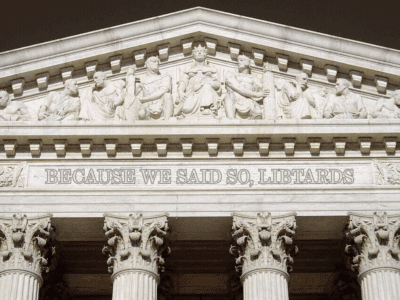The Least Surprising Disaster in History
Some disasters come as shocking surprises. Climate change is the opposite.
Whatever you want to say about climate change, you can’t say we’ve been blindsided. The US has had decades to take action against climate change, and we spent nearly half that time deliberately making things worse.
Scientists have had reasons for concern about climate change for over a century, and the first government report on the problem was fifty years ago. You may be able to excuse the lack of energetic support then, because the issue was on the periphery of interest for both the scientific and policy communities at that point. By 1990, that excuse was wearing thin.
Under Republican President George H.W. Bush, the United States signed the UN Framework Convention on Climate Change, some thirty years ago next June. Here are some of the key provisions that the U.S. and other countries agreed on:
- The world needs to stabilize emissions “at a level that would prevent dangerous anthropogenic interference with the climate system.”
- Developed countries “should take the lead in combating climate change and the adverse effects thereof.”
- Developed countries such as the US agreed to “adopt national policies and take corresponding measures on the mitigation of climate change, by limiting its anthropogenic emissions of greenhouse gases and protecting and enhancing its greenhouse gas sinks and reservoirs.”
The Convention was ratified by the U.S. Senate, making it the law of the land.
At least by 1992, then, it is clear that there was widespread recognition at the highest levels of government that climate change was a serious problem. And yet, in the succeeding three decades, Congress has failed to pass significant legislation. For over a third of that time, the executive branch prioritized fossil fuels and did its best to block efforts to cut emissions. US emissions peaked at the end of George W. Bush’s presidency about 25% higher than they were when the Convention was signed under his father. Because of that emissions growth, we now have to make greater cuts, and we need to do them faster because of all the additional carbon that the US spewed into the atmosphere in the meantime.
If the US had shaved even a single percent off its emissions each year from 1992 to 2008, our emissions would have grown less than 9% instead of 25% over the whole time period. That equals the amount emissions dropped in 2020 during the COVID lockdown, but spread over almost thirty years. We would also have added something like 800 million fewer metric tons of carbon dioxide to the atmosphere — carbon dioxide that will remain for a couple of hundred years, adding to global warming the whole time. Cutting one percent a year would not have required heroic measures. It wouldn’t have been enough, but at least we would have dug ourselves a shallower hole by the time Obama took office.
No use crying over spilt milk, as my mother always told me. That being said, the milk is still spilt. Or to switch metaphors, fiddling while Rome burns doesn’t fan the flames, but it also does nothing to stop their spread. We’re going to regret all those lost years of climate inaction.






Reader Comments